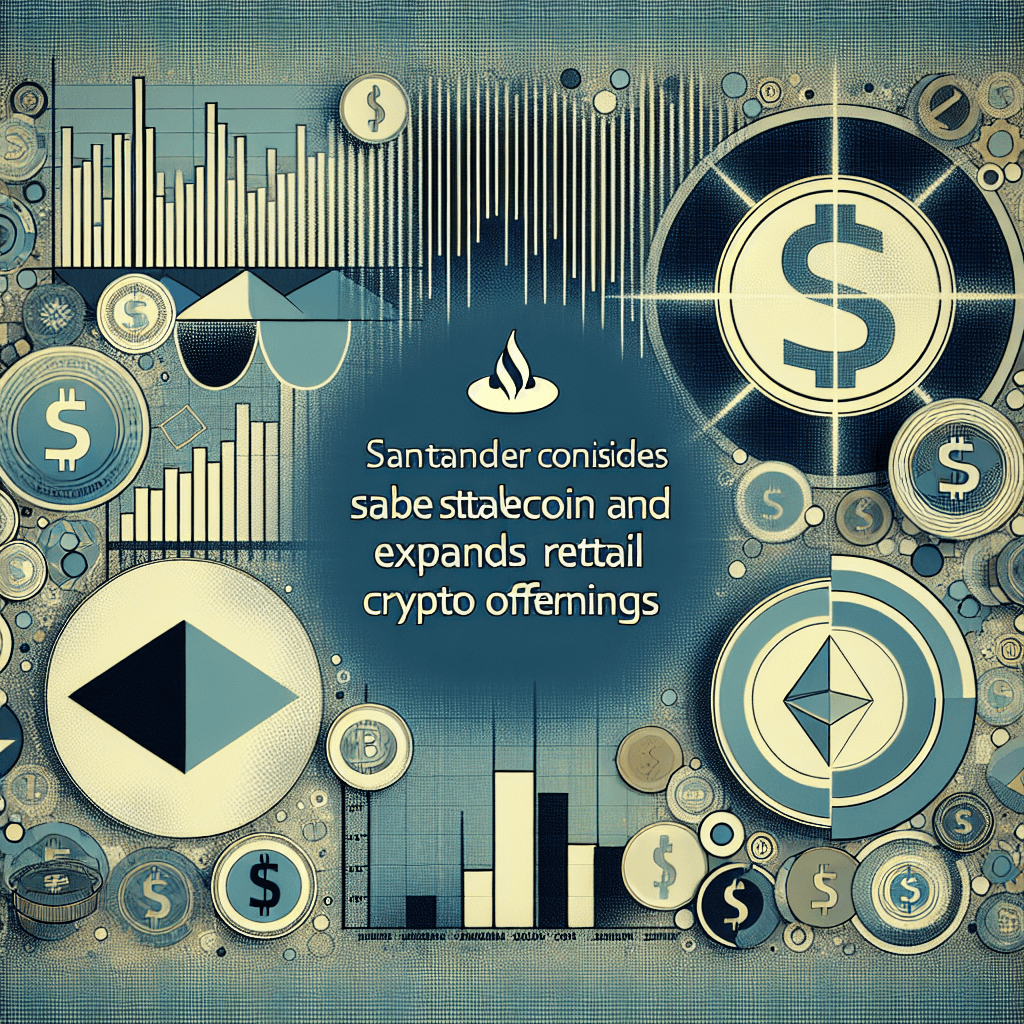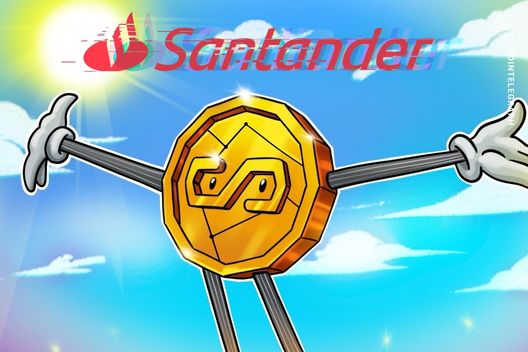Santander Considers Stablecoin and Expands Retail Crypto Offerings


Spanish banking giant Banco Santander is in the early stages of evaluating a proprietary stablecoin and a full suite of crypto services for its retail customers. This move follows a broader trend among global incumbents testing private digital tokens, motivated by growing demand for faster, programmable payments and on-chain asset management.
Technical Architecture and Token Standards
Santander’s proposed stablecoin is expected to be pegged 1:1 against the euro, with reserves held in segregated accounts and audited by a third-party firm on a quarterly basis. Sources indicate the bank is weighing two core tokenization frameworks:
- Ethereum ERC-20 – Leveraging Ethereum’s widespread liquidity and DeFi connectivity, ERC-20 would enable easy integration with existing wallets and decentralized exchanges.
- Permissioned DLT (e.g., Hyperledger Fabric or R3 Corda) – For enhanced privacy, Santander could issue tokens on a consortium network with vetted nodes, ensuring compliance with banking regulations and KYC/AML protocols.
“Combining a permissioned ledger with public rails could yield best-of-both-worlds: on-chain programmability plus regulatory compliance,” says Dr. Elena García, fintech strategist at Global Digital Finance.
Retail Crypto Services Roadmap
Beyond stablecoin issuance, Santander is exploring:
- Custodial Wallets: Multi-signature cold and hot wallets with biometric authentication, insured against key loss and theft.
- Crypto Brokerage: A platform for buying, selling and staking major tokens (BTC, ETH, stablecoins) integrated directly into Santander’s mobile app.
- Fiat On/Off Ramps: Instant euro conversion via SEPA and SWIFT, enabling seamless entry and exit to crypto markets.
Regulatory Outlook and Compliance
The European Banking Authority (EBA) published draft guidelines this spring on cryptoasset service providers (CASPs), outlining capital requirements and consumer protections. Santander’s in-house legal team is collaborating with external counsel to ensure:
- Full alignment with the Markets in Crypto-Assets Regulation (MiCA), effective 2024.
- Enhanced due diligence for corporate and institutional clients under the EU’s 5th Anti-Money Laundering Directive (AMLD5).
- Regular penetration testing and code audits by leading security firms like Trail of Bits or ConsenSys Diligence.
Market Implications and Competitive Landscape
Recent surveys show that 40% of European bank customers would switch to an incumbent offering crypto services, signaling strong commercial potential. Santander’s proposed rollout could trigger a race among Tier-1 banks in Europe and Latin America, where the group has deep roots. Rivals like JPMorgan’s JPM Coin and UBS’s tokenized fund prototypes underscore a paradigm shift: traditional finance converging with decentralized finance.
Expert Analysis and Next Steps
Dr. Matthias Vogel, blockchain researcher at Technical University of Munich, remarks: “A bank-issued stablecoin could serve as a bridge between legacy financial architecture and emerging DeFi protocols, provided interoperability standards are met.”
Santander plans to launch a pilot in the third quarter, initially restricting issuance to corporate treasuries before extending to retail. Final approval will depend on successful stress tests, regulatory sign-off, and market feedback. If approved, the bank could onboard up to 1 million customers by the end of 2025.
Additional Engineering and Security Considerations
Key technical specifications under review include:
- Smart Contract Framework: Formal verification using the Solidity static analyzer and runtime security via OpenZeppelin libraries.
- Consensus Mechanism: A delegated proof-of-authority (dPoA) model for sub-second finality and throughput of up to 2,000 tx/s.
- Interoperability Layers: Cross-chain bridges leveraging Wormhole or LayerZero to connect with major ecosystems like Solana and Binance Smart Chain.
Conclusion
As Santander navigates technical, regulatory, and market challenges, its stablecoin initiative may redefine how retail banking and digital assets converge. The pilot outcomes will be closely watched by regulators and industry peers alike, setting a potential benchmark for mainstream adoption of tokenized banking products.